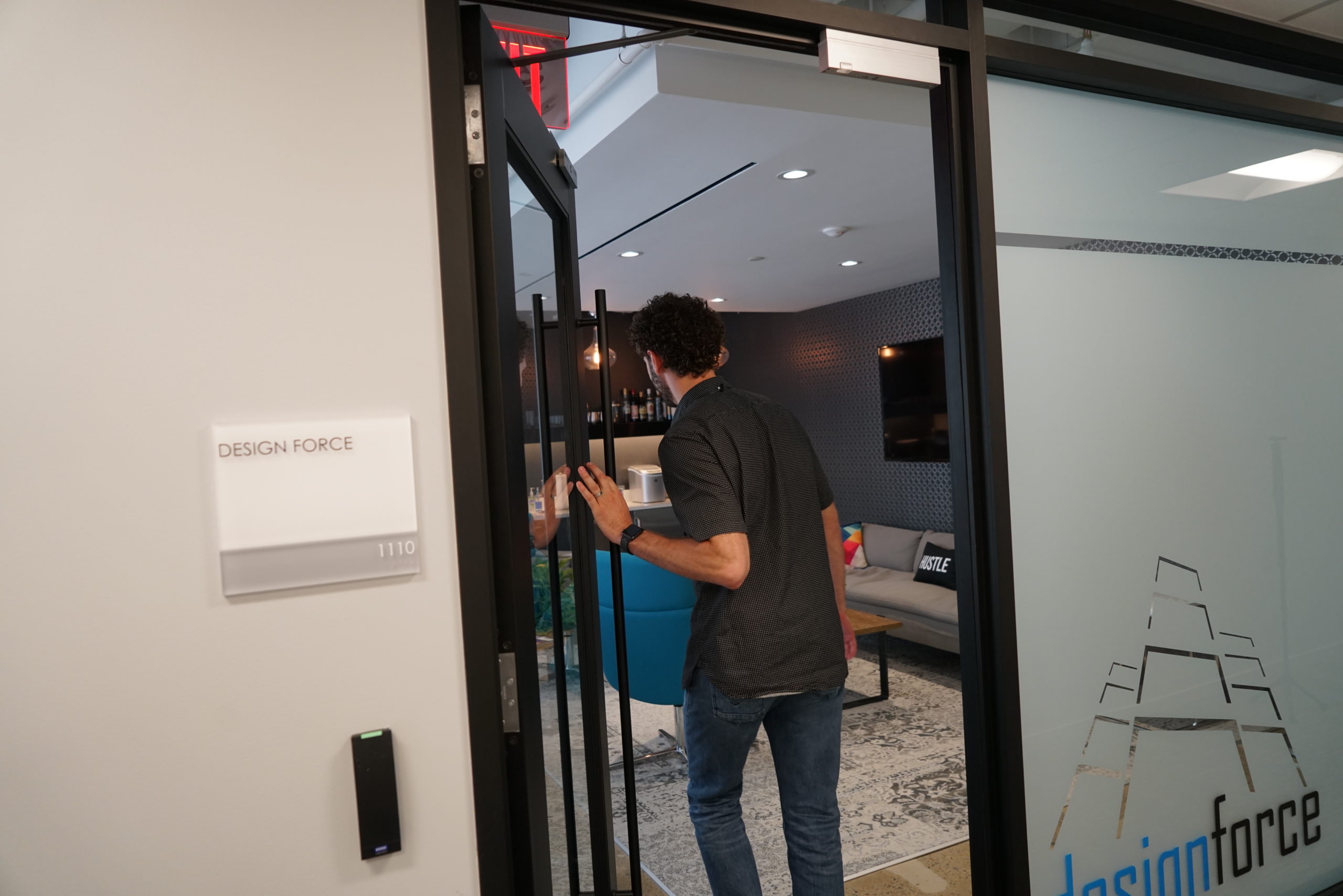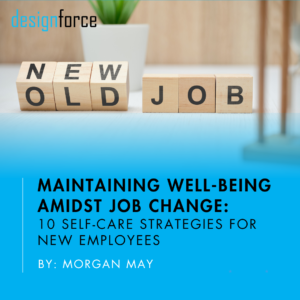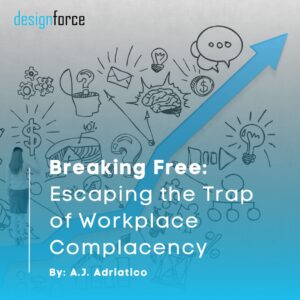We are a candidate advocacy firm, and as a candidate advocacy firm, we want to ensure employees prepare for and know their rights related to returning to the workplace. Over the last few weeks, we have seen many studies posted about the return to the workplace, however, these studies are aimed at one audience; the employer. This article aims to offer facts to employees about their rights regarding how to address returning to the workplace while the uncertainty of COVID-19 looms in the air. Please note, we are not medical or legal professionals and this article is not intended to be a substitute for professional medical advice or legal counsel.
What if I am not comfortable going back to work?
The Occupational Safety and Health act of 1970 was passed to ensure that employers provide a safe working environment to their employees. Its main tenet states,
“To assure safe and healthful working conditions for working men and women; by authorizing enforcement of the standards developed under the Act; by assisting and encouraging the States in their efforts to assure safe and healthful working conditions; by providing for research, information, education, and training in the field of occupational safety and health.” (Act)
This means that it is an employers’ duty to provide “safe and healthful working conditions.” A firm must comply with the safety guidelines published by OSHA and be in compliance with any CDC recommendations.
When the state, district or commonwealth you work in legally reopen, and the employer is in compliance with both OSHA and the CDC, the fear of contracting the virus is not a legally protected reason for you to refuse to go into the office. However, if the state, district, or common wealth you work in does open back up, and your employer is not in compliance with OSHA or the CDC, this is cause for action.
Can my employer require me to wear a mask at work? Can they check my temperature?
According to OSHA’s guidelines, employers must provide personal protective equipment (PPE) such as respiratory protection (facemasks) and gloves to employees who are in high-risk work environments. An employer may require employees to wear personal protective equipment, but if they do require PPE, then the employer must provide PPE that is in compliance with OSHA. Before requiring PPE to be worn in the office, employers must first attempt to find other solutions, such as hazardous testing. If an employee does not want to wear PPE, they may be sent home for non-compliance.
As for temperature checks, yes, the Equal Employment Opportunity Commission (EEOC), in accordance with the CDC, allows employers to take employees’ temperatures to attempt to stop the spread of COVID-19. If taken, this information must be stored confidentially.
What if I am unable to work (or unable to telework) due to external circumstances?
The Families First Coronavirus Response Act (FFCRA), passed in April, 2020, and effective through December 31st, 2020, outlines the requirements of the employer to provide employees “with paid sick leave or expanded family and medical leave for specified reasons related to COVID-19.” In general, employees of private sector employers with fewer than 500 employees, and certain public sector employees, are eligible for up to two weeks of fully or partially paid sick leave for COVID-19 related reasons.
An employee qualifies for such leave if the employee is currently facing any of the following circumstances:
- Is subject to a Federal, State, or local quarantine or isolation order related to COVID-19;
- Has been advised by a health care provider to self-quarantine related to COVID-19;
- Is experiencing COVID-19 symptoms and is seeking a medical diagnosis;
- Is caring for an individual subject to an order described in (1) or self-quarantine as described in (2);
- Is caring for his or her child whose school or place of care is closed (or child care provider is unavailable) due to COVID-19 related reasons; or
- Is experiencing any other substantially-similar condition specified by the U.S. Department of Health and Human Services.
If an employee falls into any of these categories while working for a covered employer, they are eligible for:
- Two weeks (up to 80 hours) of paid sick leave at the employee’s regular rate of pay where the employee is unable to work because the employee is quarantined, and/or experiencing COVID-19 symptoms and seeking a medical diagnosis; or
- Two weeks (up to 80 hours) of paid sick leave at two-thirds the employee’s regular rate of pay because the employee is unable to work because of a bona fide need to care for an individual subject to quarantine, or to care for a child (under 18 years of age) whose school or child care provider is closed or unavailable for reasons related to COVID-19; or
- Up to an additional 10 weeks of paid expanded family and medical leave at two-thirds the employee’s regular rate of pay where an employee, who has been employed for at least 30 calendar days, is unable to work due to a bona fide need for leave to care for a child whose school or child care provider is closed or unavailable for reasons related to COVID-19.
Does the employer have to notify the firm when an employee has contracted the virus?
Employers are not obligated to tell all employees if someone has tested positive, however, it is for the betterment of the firm to do so. So, as a rule of thumb, employers across the nation have confidentially shared the information with the firm. It is not a legal requirement to share this information. The Harvard Business Review shares actionable steps you can expect from your employer if someone does test positive for COVID-19.
Americans with Disabilities Act (ADA)
During this time equal employment opportunity laws, including ADA, continue to apply. However, the Equal Employment Opportunity Commission states that “compliance with this act does not interfere with or prevent employers from following the guidelines and suggestions made by the CDC or state/local public health authorities about steps employers should take regarding COVID-19.” You can click here to review those guidelines.
For more information regarding the ADA and workplace safety, click here.
Knowing your rights when it comes to returning to the workplace is important, and is something that all of us are currently experiencing. As we begin to think about the re-entry to the workplace, we must be as prepared as possible. Stay tuned as next week, designforce will post a blog all about preparation for returning to the workplace as an employee!

Related Posts
Let's learn together.
Stay inspired and in the know on all things A|E|C.
Sign up for our monthly newsletter.










